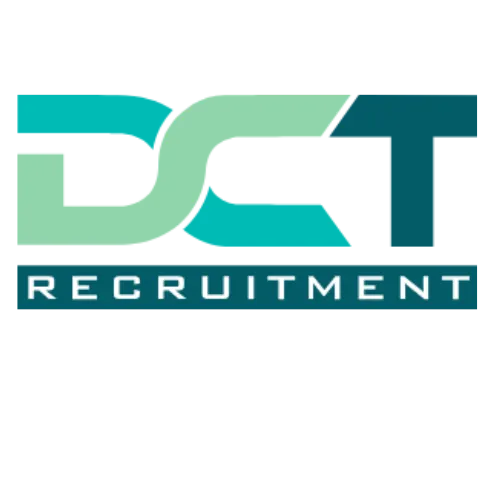Understanding the Commercial Recruitment Process: What You Need to Know

Navigating the commercial recruitment process can be complex and time-consuming. Whether you're an employer looking to hire or a candidate seeking a job, understanding the steps involved can make a significant difference. This guide will provide you with a comprehensive overview of the commercial recruitment process and what you need to know to succeed.
Defining Job Requirements
The first step in the commercial recruitment process is defining the job requirements. This involves creating a detailed job description that outlines the responsibilities, qualifications, and skills needed for the role. Clear job requirements help attract the right candidates and set the foundation for the entire recruitment process.
Sourcing Candidates
Once the job requirements are defined, the next step is sourcing candidates. Recruitment agencies and employers use various methods to find potential candidates, including:
• Job Boards: Posting job advertisements on popular job boards.
• Social Media: Using platforms like LinkedIn to reach out to potential candidates.
• Networking: Leveraging professional networks and industry contacts.
• Recruitment Agencies: Engaging specialised recruitment agencies to find suitable
candidates.
Screening and Shortlisting
After sourcing candidates, the screening and shortlisting process begins. This involves reviewing CVs and applications to identify candidates who meet the job requirements.
Key aspects of this stage include:
• CV Review: Assessing candidates' qualifications, experience, and skills.
• Initial Screening: Conducting phone or video interviews to gauge candidates'
suitability.
• Shortlisting: Creating a shortlist of the most promising candidates for further
evaluation.
Conducting Interviews
Interviews are a crucial part of the recruitment process. They allow employers to assess candidates' skills, experience, and cultural fit. The interview process typically includes:
• Initial Interviews: These can be phone or video interviews to narrow down the
candidate pool.
• Face-to-Face Interviews: In-depth interviews to evaluate candidates' qualifications
and fit for the role.
• Panel Interviews: Involving multiple interviewers to get a broader perspective on the candidates.
Assessments and Tests
To further evaluate candidates, many employers use assessments and tests. These can include:
• Skills Tests: Assessing technical or job-specific skills.
• Psychometric Tests: Evaluating personality traits and cognitive abilities.
• Situational Judgement Tests: Assessing how candidates respond to work-related
scenarios.
Background Checks
Before making a final decision, it's important to conduct background checks to verify candidates' qualifications and history. This can include:
• Reference Checks: Contacting previous employers to verify work history and
performance.
• Criminal Record Checks: Ensuring candidates have no criminal history that would
impact their suitability for the role.
• Education Verification: Confirming educational qualifications and certifications.
Job Offer and Negotiation
Once the ideal candidate is identified, the next step is making a job offer. This involves:
• Preparing the Offer: Creating a formal job offer letter that outlines the terms and
conditions of employment.
• Negotiating Terms: Discussing salary, benefits, and other terms with the candidate to reach a mutually agreeable arrangement.
• Finalising the Offer: Confirming acceptance of the offer and setting a start date.
Onboarding
The recruitment process doesn't end with the job offer. Effective onboarding is essential to ensure new hires integrate smoothly into the organisation. Onboarding includes:
• Orientation: Introducing new employees to the company culture, policies, and
procedures.
• Training: Providing the necessary training to equip new hires with the skills and
knowledge needed for their role.
• Integration: Helping new employees build relationships with their colleagues and
become productive members of the team.
Conclusion
Understanding the commercial recruitment process is essential for both employers and candidates. By knowing the steps involved, you can navigate the process more effectively and achieve better outcomes. Whether you're looking to hire top talent or secure your next job, a clear understanding of the recruitment process will help you succeed.

